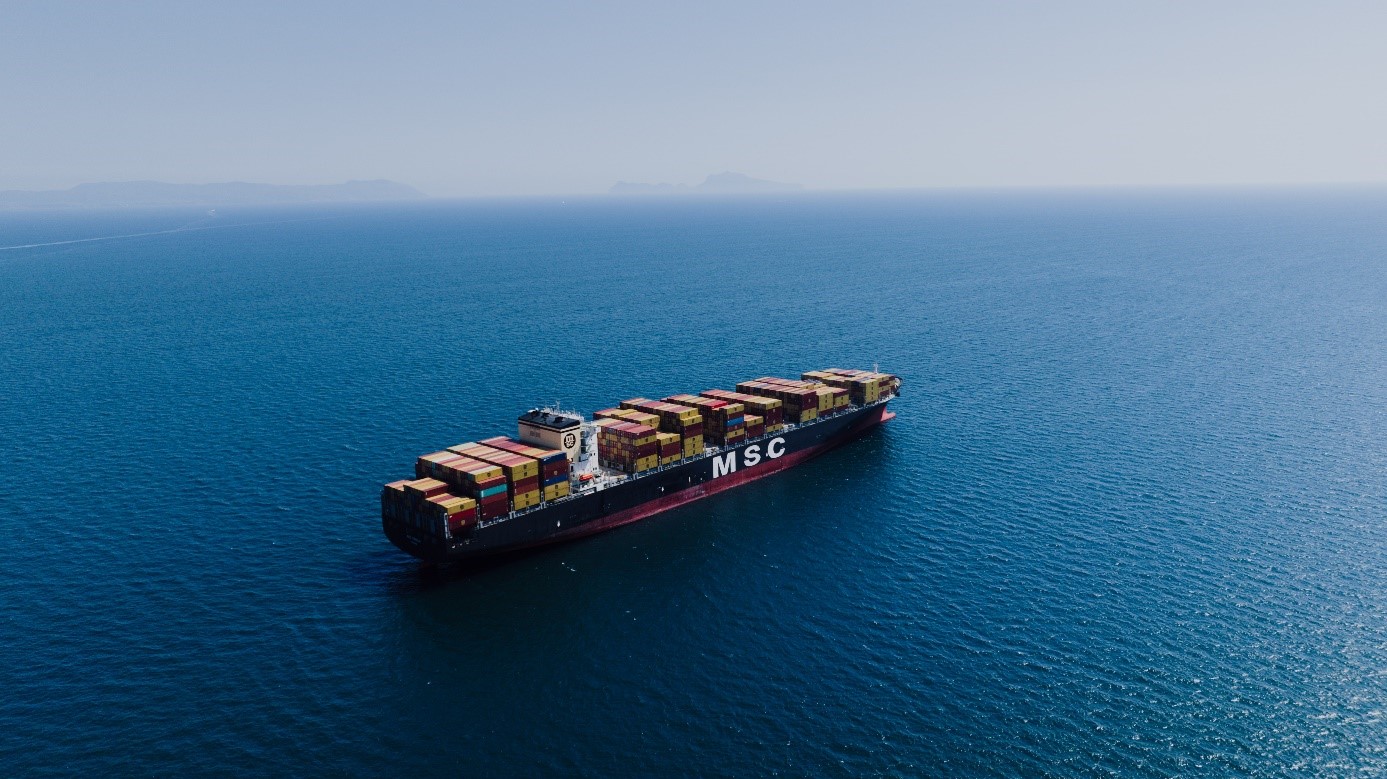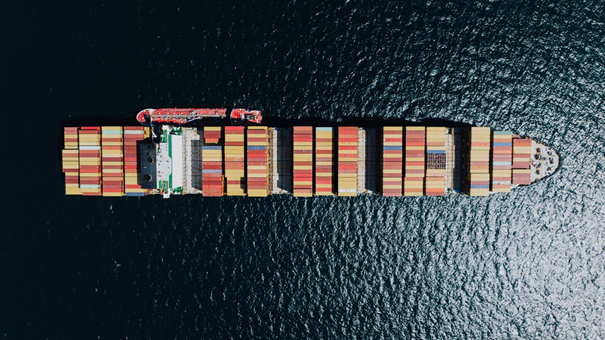
There are some international maritime transportation rules related to cargo under the name of transportation responsibility in international sea freight. These rules determine who is responsible for the liability. International transportation rules include rules against all kinds of adverse situations and situations that the carrier must notify the cargo owner about. Knowing these international transportation rules in detail ensures knowing what to do in adverse situations encountered while receiving sea transportation services. Therefore, today we have explained the transportation responsibility in international sea freight in detail.
What is International Sea Transportation?
International sea transportation is the process of transporting cargo from the departure point to the arrival point by sea vessels. Thanks to sea transportation, it is possible to easily transport cargo that is being shipped internationally. The process is accelerated with the help of equipment such as cranes, forklifts used during transportation. Today, the transportation of bulky cargo is made possible by sea transportation.
The main reason for preferring sea transportation in international shipping is the volume advantage. Thanks to this volume advantage, high-volume cargo can be transported over long distances without problems. Additionally, the high capacity of sea vessels significantly reduces transportation costs. Transporting large quantities of cargo offers a price advantage.
Another major advantage of sea transportation is that it is a safe type of transportation. No problems occur during transportation. It also offers the opportunity for safe transportation in accordance with international shipping rules.
If you have large-volume and international cargoes, you must transport these cargos by sea. Both the high capacity of sea vessels and the fact that it is the most suitable transportation method for large international cargos are important advantages.
What is ‘Transportation Responsibility’ in Sea Transportation?
Transportation responsibility ensures the proper and orderly transportation of goods by sea. Designed according to the Hamburg Rules, these rules ensure the best protection of the transported cargo. Transportation responsibility consists of many different sections. It specifies what should be done if the carrier causes any damage to the goods, delays delivery, or if the goods are lost. It states that damage, theft, loss, or harm to the goods is under the responsibility of the carrier. This means that the carrier will be held responsible for incidents occurring under these circumstances, ensuring that cargos are transported under the best conditions. In summary, there are many articles involving carriers here. Additionally, situations where the carrier has exemption are also detailed within these rules. We need to note here that for the carrier to be held responsible in adverse situations, the cargo must be damaged or delayed. The details of adverse situations that may occur in sea transportation, what needs to be done in these cases, and the concepts of adverse situations are provided in detail below.<

Loss
Loss refers to the situation where part or all of the cargo disappears or is lost. According to Transport Law, it indicates that the product is delivered to the recipient with a numerical deficiency, meaning it is delivered incomplete or has disappeared. There are some details about these situations. Let's examine these in detail.
Loss of Cargo Due to Ship Sinking
In the event of cargo loss due to the sinking of the ship, the responsibility lies with the carrier company. If the carrier delivers the lost cargo within 60 days, it is not considered lost. However, if delivery is delayed beyond 60 days, the cargo is considered lost, and the recipient has the right to withdraw from the contract.
If the cargo has been damaged in this situation, the decrease in the value of the cargo is calculated. The difference between the current value and the value specified in the contract is paid to the recipient by the carrier.
Damage to Containers on the Ship
As previously mentioned, containers are generally used during sea transportation. Container usage accounts for about 85% of sea transportation. In this case, damage to the container and the cargo inside it may occur. The current market value of the cargo inside the container is checked. If the damaged part has a market value, the difference between the cargo's value and the market value is paid. However, if the damage is very extensive and the cargo no longer has any market value, the actual value of the cargo specified in the contract is paid by the carrier company.
Late Delivery
There is a specified period for delivering the cargo to the recipient. Within this period, the cargo must reach the destination and be delivered to the recipient. Under normal conditions, no delay should occur.
Situations Outside the Carrier’s Responsibility
According to international transportation rules, there are some situations that are not the responsibility of the carrier companies. When these situations occur, the carrier company is not held responsible. Let's explain these international transportation rules outside the carrier's responsibility in detail.
- The carrier is not responsible for mistakes made by the ship's crew during the voyage. The carrier ensures that the sea vessel used for transportation is clean, orderly, and suitable for transport. However, any failure of the crew to perform their duties correctly during the voyage is directly related to the crew.
- As previously stated, the carrier maintains the ship by performing maintenance and repairs to ensure a smooth and safe voyage. However, if an unexpected ship fire occurs despite all precautions taken by the carrier, the carrier will not be responsible. In such cases, a detailed report is prepared, and damages to both parties are prevented.
- We see pirates damaging ships. In such cases, there is no action to be taken by the business or crew. If looting occurs by pirates, the company is not held responsible for the damages.
- Damage to the ship caused by natural disasters, such as flooding, hitting rocks, grounding, or tilting, is also not the responsibility of the carrier. Due to the carrier's inability to intervene in natural disasters, damages to the cargo in these situations are not attributed to the carrier.
- In any state of war, the carrier is not responsible for damage to the ship or delays in delivery.
- In terrorist incidents, the carrier is also not responsible.
- Especially considering the period we experienced under the influence of the pandemic, the carrier is not responsible for quarantine situations. Cargoes may be delayed due to quarantine.
What are International Sea Transportation Agreements?
There are transportation agreements when performing international sea transportation. These agreements record the necessary information for the logistics process. They also ensure the safety of the cargoes.
Sea Bill of Lading
The sea bill of lading is the most important among transportation agreements. It contains all the details related to the process and the cargo to be transported, from the shipping company to the delivery location. As we mentioned earlier, the cargo's real value is taken into account in adverse situations. The actual value of the cargo is clearly specified in the sea bill of lading. The sea bill of lading is a very important document that functions both as an invoice and a contract.





